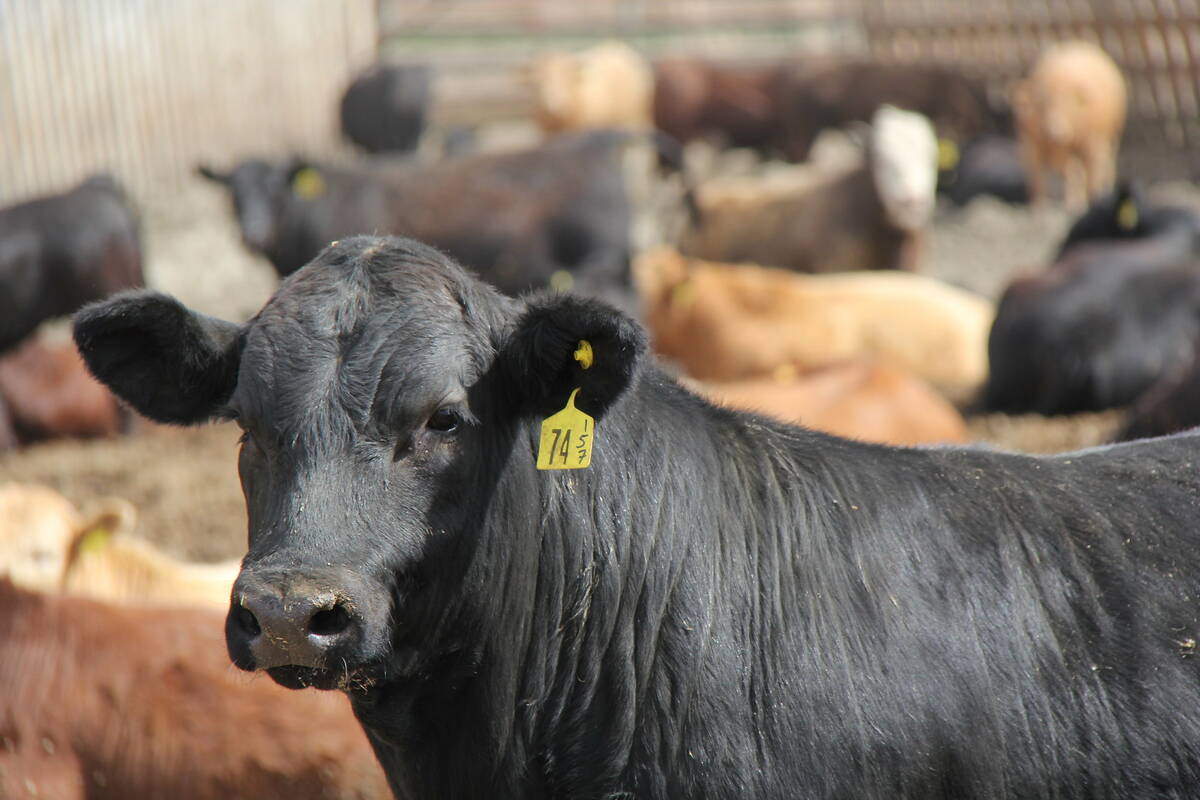MarketsFarm – Canada’s barley crop may have improved considerably in 2022 compared to 2021’s drought-stricken crop, but the logistics of getting that grain to Alberta’s feedlot alley are keeping prices well supported.
Canada grew 9.4 million tonnes of barley during the 2022 growing season, which was up by 35 per cent from the previous year. Given the tight domestic supplies in 2021, cattle feeders in Lethbridge, Alta., brought in more corn via rail from the United States over the past year.
While Canada has more of its own grain in 2022, it is spread out across the Prairies. As a result, rather than large trainloads coming directly to Lethbridge the grain must move via many individual trucks.
Read Also

U.S. livestock: CME cattle futures higher on year-end positioning
Chicago | Reuters – Chicago Mercantile Exchange cattle and hog futures climbed on Tuesday on position squaring between the Christmas…
“The issue that is at hand today is logistics,” said Jim Beusekom, of Market Place Commodities in Lethbridge, noting that trucking companies are having issues getting enough equipment and drivers. The grain may be closer to home, but in many ways is farther from the feedlots.
Beusekom said there have already been several corn trains traded in recent weeks for delivery during the winter months, as the end users want to make sure they’re covered.
In addition, farmers appear to be unwilling sellers, even though prices are higher than they were a year ago. Barley into Lethbridge is currently trading at around C$450 per tonne, which was about C$30 ahead of the levels seen at the same time a year ago, according to Beusekom.
The logistics issues are one factor in the high price, with that lack of farmer selling also supportive. Farmers bins were empty after the small 2021 crop, which left them with plenty of room to store the 2022 crop. As a result, Beusekom said there was no real sense of urgency to sell. He expected that lack of selling interest to continue until the New Year, with more grain likely coming to market in the first quarter of 2023 ahead of the spring.
















